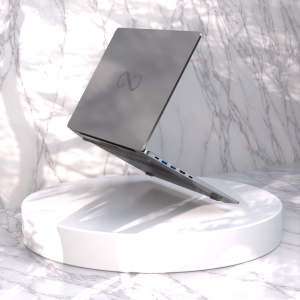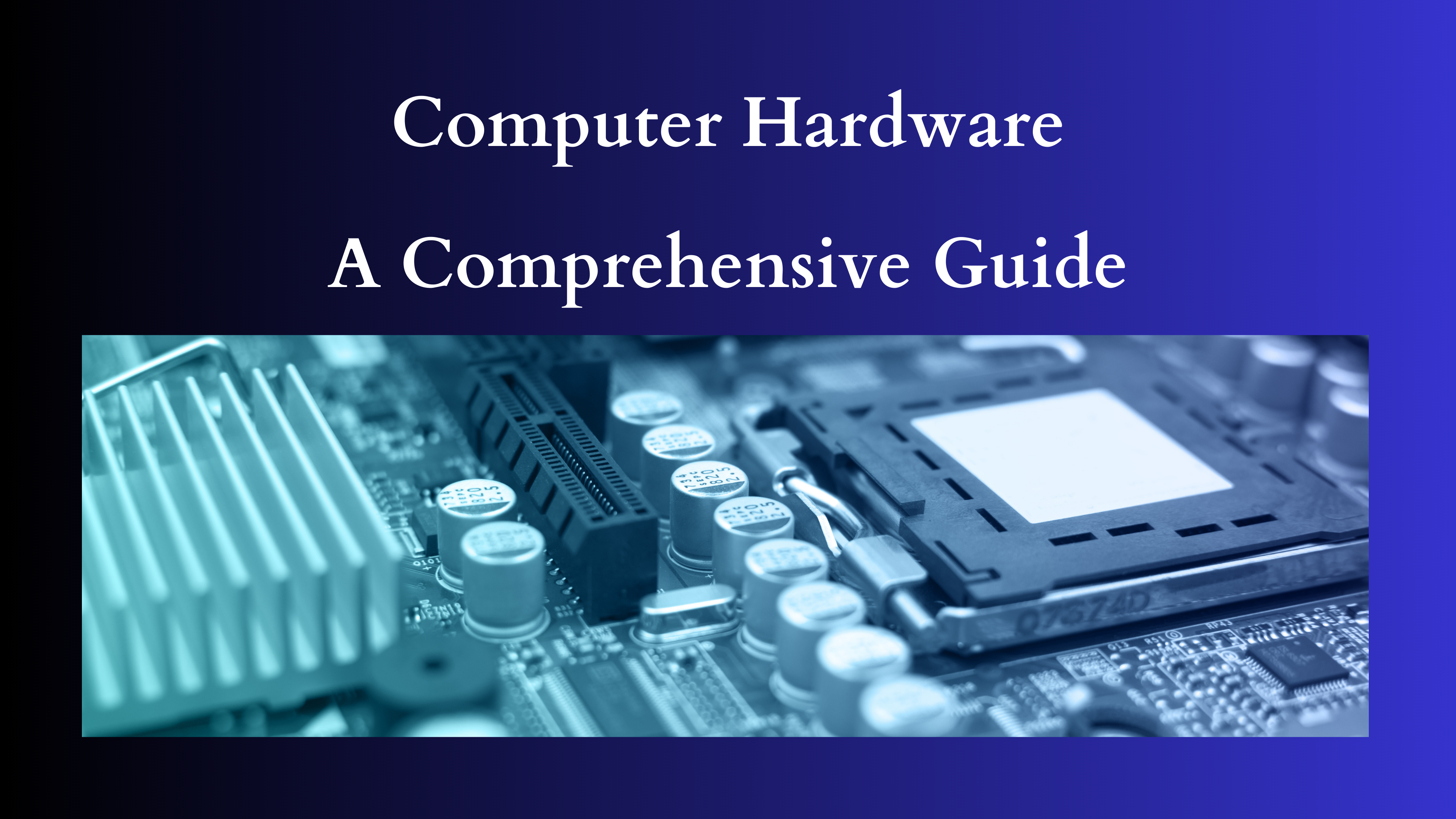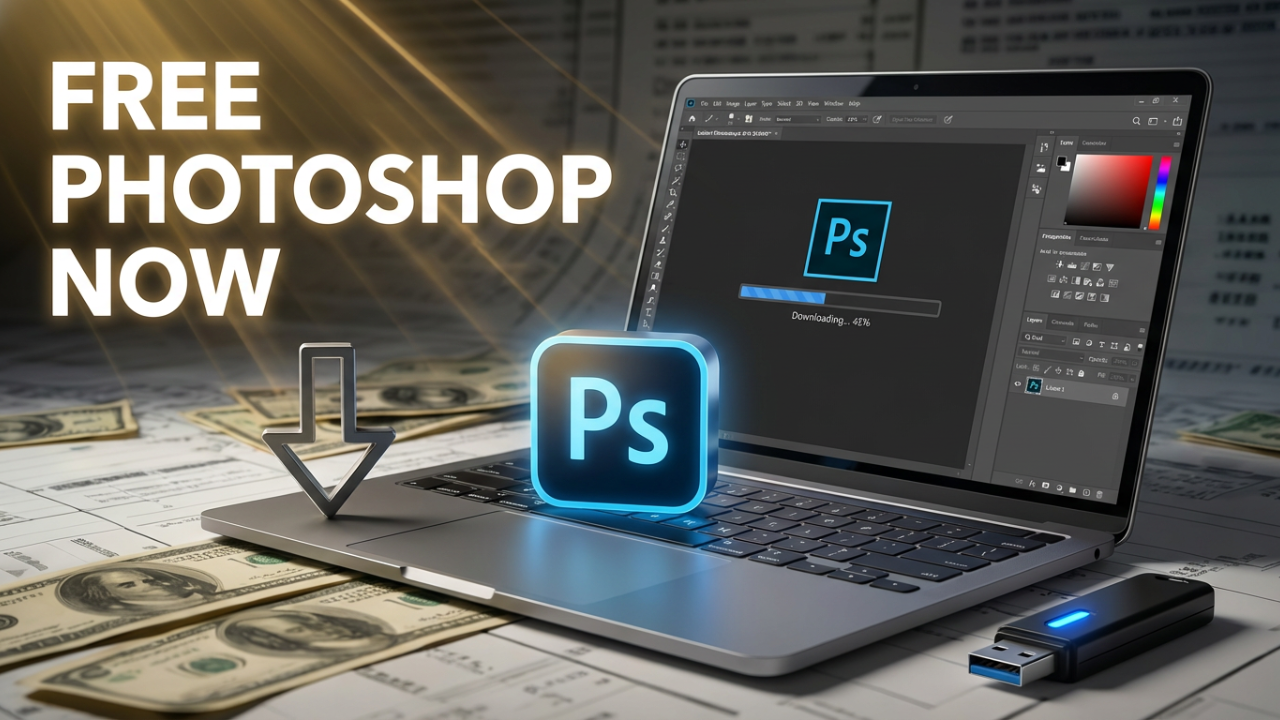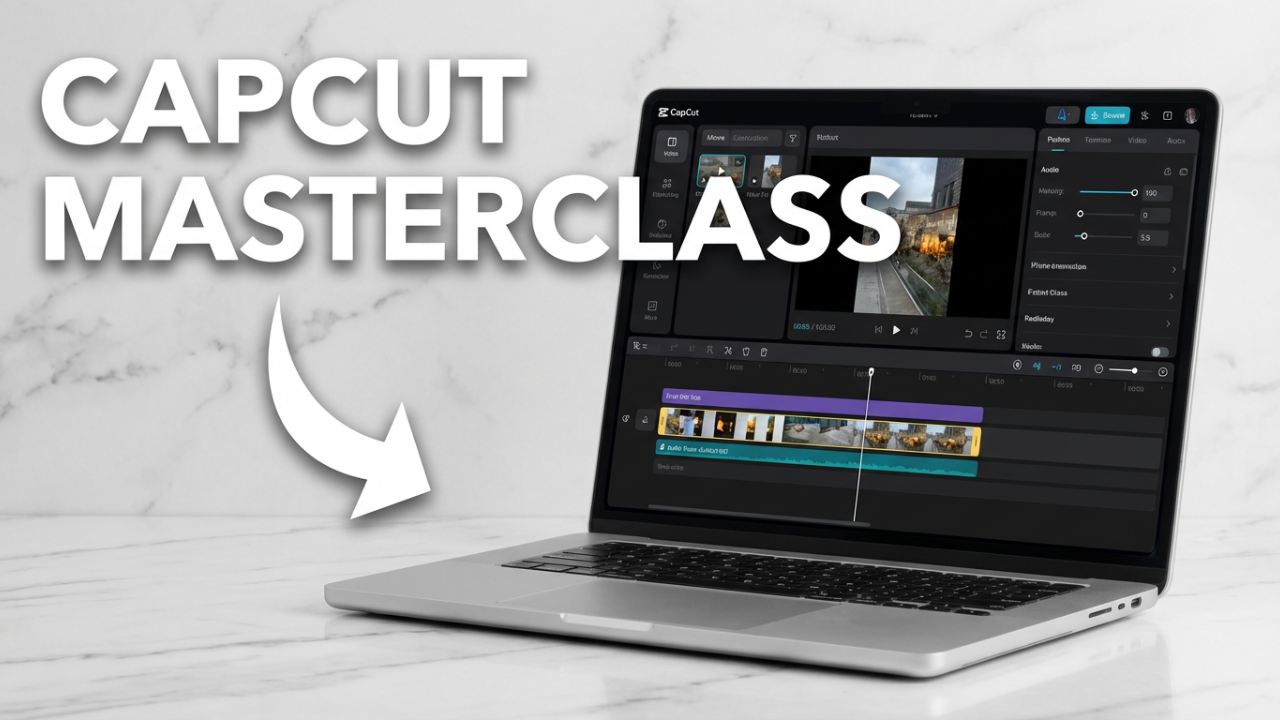Understanding Computer Hardware: An In-Depth Exploration
In today’s technology-driven world, the term “computer” often conjures images of sleek laptops, powerful desktop towers, and increasingly advanced mobile devices. However, at the heart of these machines lies a complex web of hardware components that work in concert to perform the multitude of tasks that we, as users, demand. From the earliest mechanical devices to today’s ultramodern systems, computer hardware has evolved dramatically, pushing the boundaries of what is possible in computing. In this blog post, we will explore the various components that make up computer hardware, their functions, and how they influence overall system performance.

What is Computer Hardware?
Computer hardware refers to the physical components that make up a computer system. Unlike software, which represents the programs and operating systems that run on computers, hardware is tangible and can be physically touched. Generally, computer hardware can be categorized into several key components: the central processing unit (CPU), memory (RAM), storage, motherboards, the power supply, and various peripheral devices.
Key Components of Computer Hardware
1. Central Processing Unit (CPU)
Often referred to as the “brain” of a computer, the central processing unit (CPU) is responsible for executing instructions from programs and managing the overall system operations. Modern CPUs have multiple cores, allowing them to perform several tasks simultaneously, thus improving performance and efficiency. When evaluating CPUs, key factors to consider include clock speed (measured in gigahertz), the number of cores, and cache size.
2. Memory (RAM)
Random Access Memory (RAM) serves as the short-term memory of a computer, temporarily storing data that the CPU needs to access quickly. The amount of RAM present in a system directly affects its ability to multitask, with more RAM enabling users to run multiple applications and processes concurrently without significant slowdowns. When considering RAM, speed (measured in megahertz) and capacity (measured in gigabytes) are critical factors.
3. Storage
Storage units are essential for maintaining data, applications, and operating systems. There are two primary types of storage devices: Hard Disk Drives (HDDs) and Solid State Drives (SSDs).
- HDDs offer large capacities at a relatively low cost but are slower, utilizing spinning disks to read/write data.
- SSDs, on the other hand, provide faster data access speeds, enhanced durability, and lower power consumption by using flash memory, albeit at a higher cost per gigabyte.
The choice between HDD and SSD can significantly impact a computer’s performance and responsiveness.
4. Motherboard
The motherboard serves as the backbone for a computer system, connecting all the hardware components and allowing communication between them. It houses the CPU, memory, and expansion slots for additional hardware. The motherboard also features connections for data storage devices, power supplies, and peripherals. When selecting a motherboard, compatibility with the aforementioned components, as well as form factor (such as ATX, Micro-ATX, or Mini-ITX), is critical.
5. Power Supply Unit (PSU)
The power supply unit (PSU) is responsible for converting electrical power from an outlet into usable power for the computer’s components. The wattage of the PSU determines how much power it can provide, which is essential for ensuring stability, particularly in systems with high-performance CPUs or graphics cards. A PSU that provides insufficient power can lead to system instability, crashes, and potential hardware damage.
6. Graphics Processing Unit (GPU)
For users engaged in graphics-intensive tasks—such as gaming, video editing, or 3D rendering—the graphics processing unit (GPU) is crucial. GPUs can be integrated into the CPU or exist as standalone graphics cards. A dedicated GPU typically provides far superior performance than integrated solutions, delivering better frame rates and image quality in demanding applications.
7. Peripheral Devices
Peripheral devices extend the functionality of a computer. These can be classified as input devices (such as keyboards and mice), output devices (like monitors and printers), and input/output devices (including external drives and webcams). Quality peripherals can enhance the overall user experience, improving productivity and comfort during extended computer use.
The Evolution of Computer Hardware
The history of computer hardware is a testament to human ingenuity and technological progress.
- Early Computers: The earliest computing devices, like the ENIAC and UNIVAC, were enormous and expensive, limited by technology and materials available in their time. They utilized vacuum tubes and magnetic drums, which constrained their processing capabilities and efficiency.
- Transistor Revolution: The advent of transistors in the 1950s allowed for smaller, faster, and more reliable computers. This was a turning point that made computers accessible to businesses and individuals alike.
- Microprocessors: The introduction of microprocessors in the 1970s led to the development of personal computers. Microprocessors consolidated the functionalities of CPUs, allowing personal computing to flourish as systems became more affordable and user-friendly.
- Integrated Circuits & Modern Developments: Over the following decades, integrated circuits further miniaturized components and increased processing power. Today, advancements in materials science, chip design, and parallel processing continue to drive exponential growth in computing capabilities.
Conclusion
Computer hardware forms the foundation upon which our digital lives are built. As computers become increasingly integral to both personal and professional domains, understanding the individual components that comprise these systems can empower users to make better decisions—whether purchasing a new machine or upgrading existing hardware. As technology continues to evolve, keeping abreast of hardware developments will be essential for harnessing the full potential of computers in our ever-changing digital landscape. Whether you are a casual user, a gamer, or a professional in a specialized field, an informed understanding of computer hardware will enhance your computing experience now and in the future.
Shop Now






